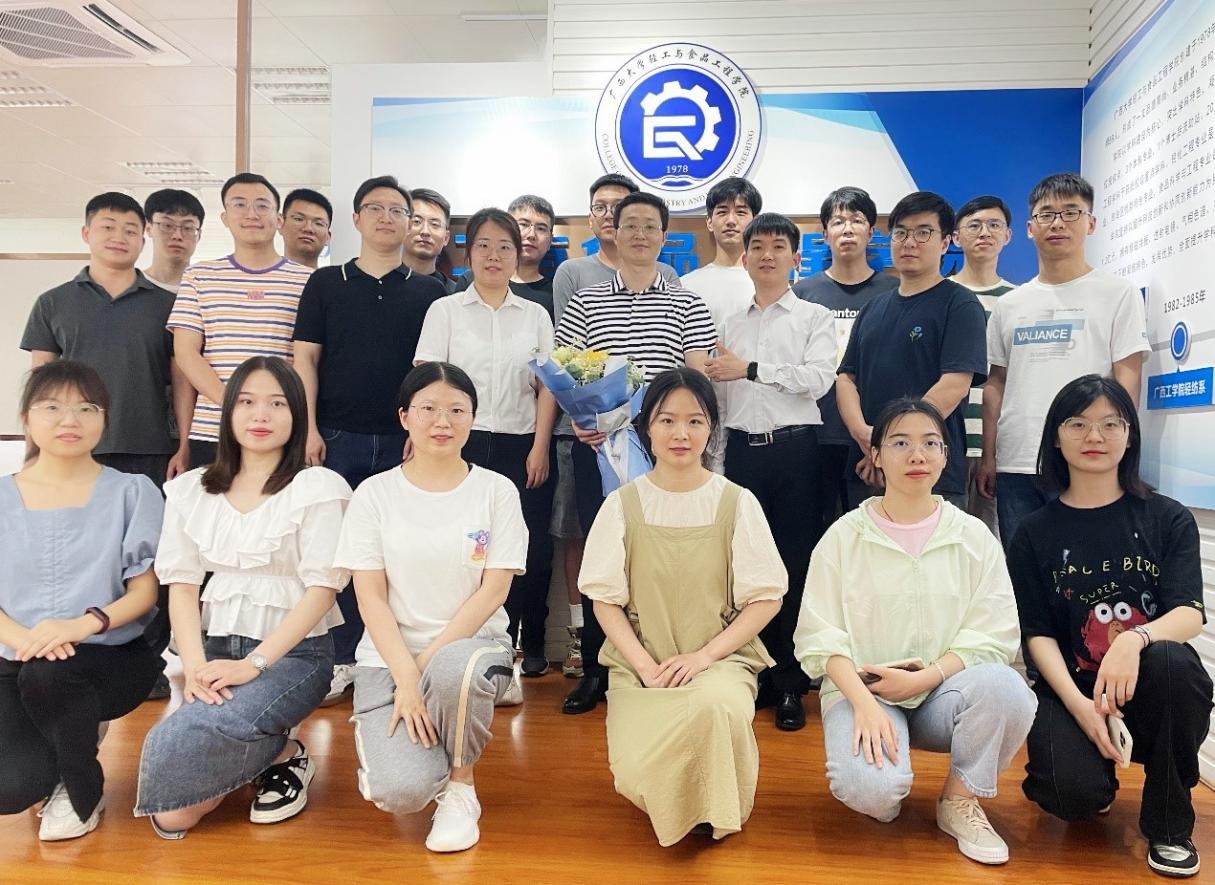https://news.gxu.edu.cn/info/1002/39689.htm
Recently, the "Advanced Lignocellulose Materials" research team from the School of Light Industry and Food Engineering at our university, inspired by the cactus spines and surface structures of beetle’s wings, invented a new cellulose material capable of collecting water droplets from fog. The research findings were published in “Nature Communications” with the title of "Bioinspired Asymmetric Amphiphilic Surface for Triboelectric Enhanced Efficient Water Harvesting". Guangxi University is the sole contributor to this research, with Zhang Song, a Ph.D. student enrolled in 2021 in the light industry technology and engineering discipline, as the first author, and Academician Wang Shuangfei and Professor Nie Shuangxi as the supervisors. Original link:https://mp.weixin.qq.com/s/NQff3sY6Ui8oVFcY7f1TvA

“Nature Communications” is one of the sub-journals under the British Nature Portfolio, ranking third among the world's top ten multidisciplinary scientific journals and is one of the most cited scientific journals globally. It mainly publishes high-quality research with significant breakthroughs across various fields, including biological, physical, chemical, and Earth sciences, emphasizing the publication of novel, important, and high-quality research that interests readers. This paper marks a major breakthrough for the light industry technology and engineering discipline in being published in an internationally influential journal as a high-level research, highlighting the initial success of recent efforts to enhance basic research team building and graduate training quality in this discipline.
In recent years, under the leadership of Academician Wang Shuangfei, the "Advanced Lignocellulose Materials" research team has been dedicated to developing advanced cellulose functional materials and conducting in-depth analyses of their structure-activity relationships. The team has systematically studied the factors and key points influencing the triboelectric performance of cellulose materials, developing critical technologies that directly controlled and permanently altered functional groups on the surface of cellulose at the molecular level. This research has established a comprehensive theoretical system for regulating the triboelectric performance of cellulose, which was of great significance for the development of high-performance cellulose-based triboelectric materials. Over 140 papers included in Science Citation Index (SCI) have been published on these research findings in internationally renowned journals such as “Nature Communications”, “Materials Today”, “Advanced Functional Materials”, “ACS Nano”, “Applied Catalysis B: Environmental”, “Nano Energy”, and “Small”. In the past five years, these papers have been cited over 3,900 times by international peers, with one selected as Hot Paper and 13 Highly Cited Papers in Essential Science Indicators (ESI).

Photo of the "Advanced Lignocellulose Materials" research team
